Audi Urban Future Award 2010 - Harmonious Beijing
08 August 2010
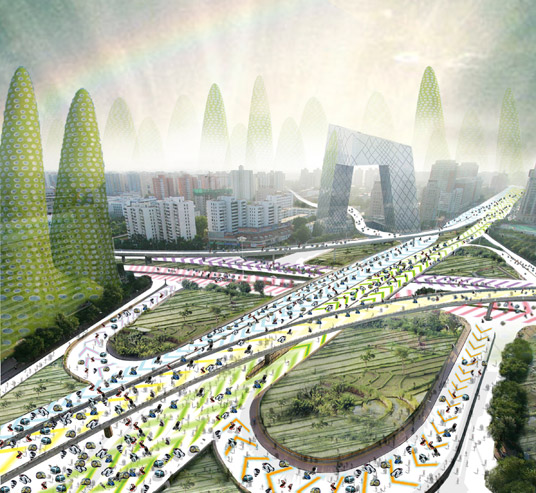
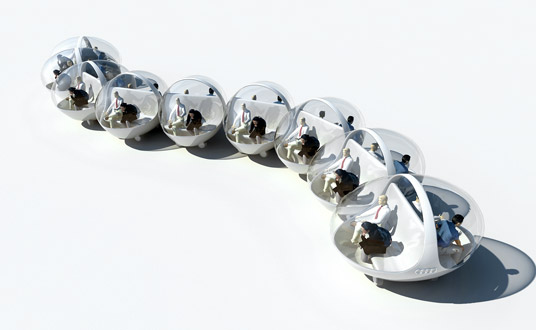
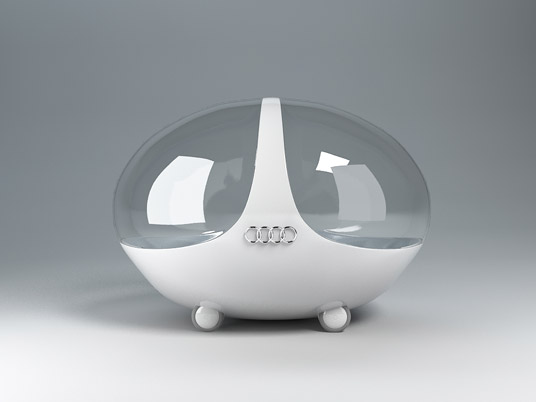
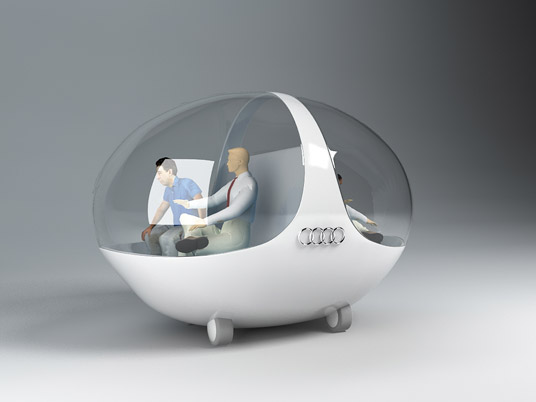
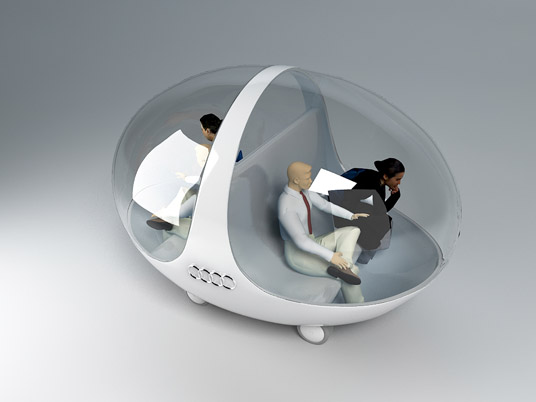
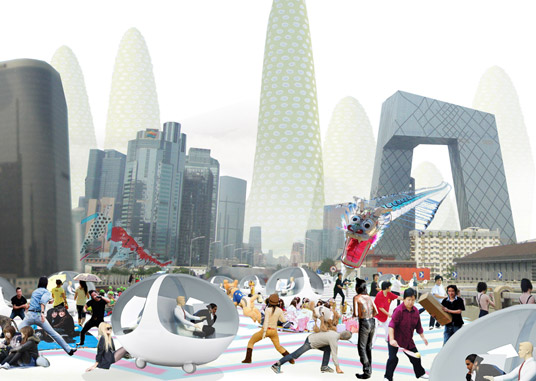
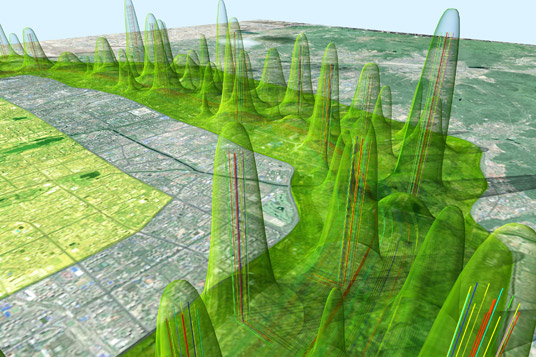
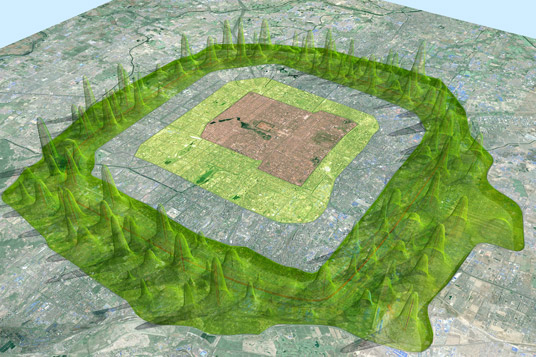
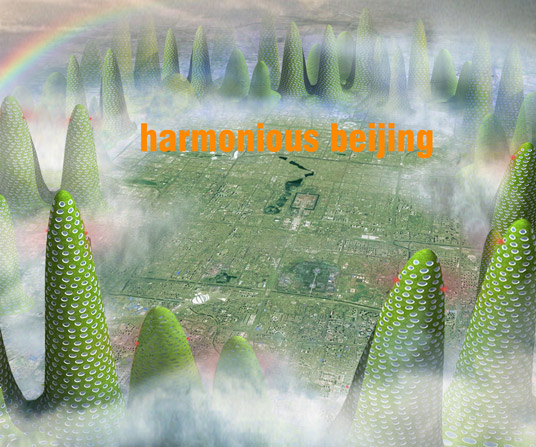
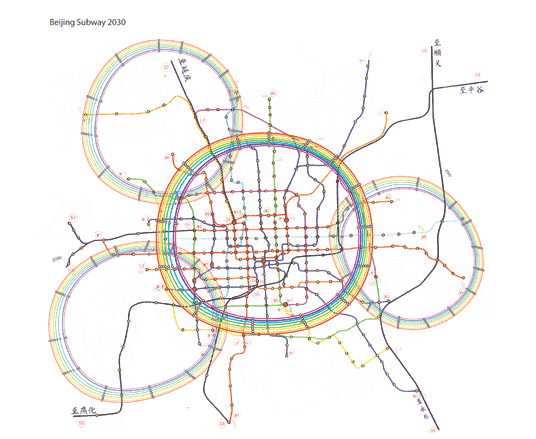
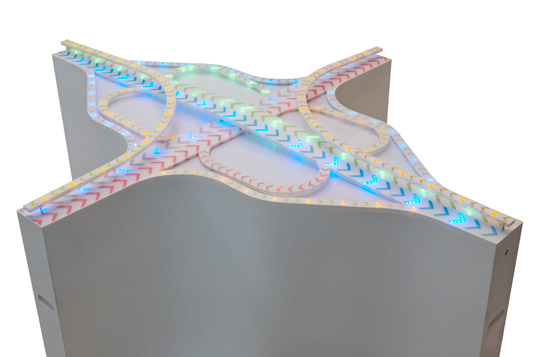
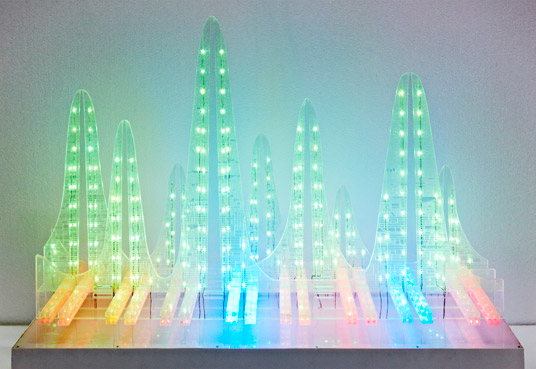
- a vision for mobility and urbanization in Beijing 2030
Beijing has re-invented itself in the past 20 years, changing from what was once a historic city into a futuristic city. The city has expanded outwards through one new ring road after another. This ring-road approach to planning and the resulting uncontrolled outward sprawl has become a typical model of Chinese urbanization.
There is no doubt Beijing will continue to expand with Chinese speed and on a Chinese scale during the next 20 years, and it is urgent to re-define its model for expansion.
There are six million cars in Beijing now. In five years there will be far more cars in Beijing than the total area of roads can support: there will be zero mobility on the roads inside the city. Why do we still plan our new cities with the age-old 'road-first' infrastructure?
Subway Ring City:
Before 2030 Beijing will adopt a 'subway first' development model to replace the 'road first' growth model, and new urban developments will take place only along the new series of subway rings of this powerful transportation system.
3D City Planning:
3D City Planning will be adopted by Beijing planning bureau, infrastructures will be 3D planned, land definition will no longer be a 2D paper of red line boundaries, it will be a 3D volume defined on a 3D digital model of government developed 1500-meter-high 'meta-mountains' connected directly with the 'Subway Rings'.
Linear City Center:
This infrastructure, a ring of inter-connected subway lines and meta-mountains around the city, will form a 'linear city center' that can accommodate all kinds of urban programs with a highly efficient and convenient public transportation system.
Agri-urbanization:
Agriculture will be re-introduced into the urban area of Beijing. Rooftops and all of the in-between landscape will be transformed into productive landscape to produce food for local consumption, and the outer surfaces of all buildings will be sprayed with a new type of bio-paint that will create a kind of moss-growing surface, thus maximizing oxygen production in the city.
Travel Belts:
Inside the city, the current roads will be upgraded into 'travel belts', a Hybrid of Individual and Collective Transportation Infrastructure, which is electrically driven and can move vehicles and people around the city at a speed of 60-80 kilometers per hour. Cars and all kinds of mobile devices can get onto it, while on the belt cars don¡¯t have to move, thus greatly reducing carbon emissions.
Travel Belts can function as the recharging centre for electrical vehicles, and become a great public space that accommodate all kinds of street life and recreational activities, therefore changing the lifestyle of the time spent traveling on the road.
Because people's hands, feet and mind are freed from the duty of driving the car, People will have more time to enjoy virtual mobility and have more time for communication.
Travel Belt Bubbles
The Travel Belt Bubble is a type of auto-drive electric vehicle that will travel with the 'travel belts' as well as move between them. The space inside the vehicle is personally adaptable and can be used as a living, working, sleeping, or entertainment space while traveling on the belts. People can also go out and socialize with other bubblers within the moving public realm, or the bubbles can be attached together to form a semi-public group vehicle. Travel Belt Bubbles will be more than just cars; they can be designed and utilized as mobile houses, mobile offices and mobile shops!
http://www.audi-urban-future-initiative.com/
奥迪 城市未来大奖 – 和谐北京
-对北京2030年城市化和移动性的一次构想。
在过去的20年中,北京已脱胎换骨,由历史性城市转变成为一个未来主义的城市。其环形公路一再向外扩张。这种的环路发展规划以及缺乏控制的对外扩展已成为中国城市化进程的典型模式。
毫无疑问,在接下来的20年中,北京将继续中国式的高速大规模扩展。因此,重新定义其扩展模式已然迫在眉睫。
今天的北京已拥有六百万辆轿车。在之后的五年里,其数量会远远超过整个城市的总路面核载,城市内的道路将变得完全无法流通。我们为何还在以陈旧的“公路为先”结构,规划新城呢?
地铁环城:
2030年之前,北京会以“地铁为先”代替“公路为先”的发展模型,而且新的城市发展必然只会依靠在这一组强大的地铁回环交通系统上。
三维立体城市规划:
北京规划局会以三维立体规划城市结构, 土地划分也再不会定义在平面的红线上,会以立体模型把政府发展高达1500米的“后设高山”用“地铁环”直接相连.
线形城市中心:
从环绕着城市的地铁环和后设高山,形成一个 “线形城市中心”,在高效便捷的交通系统下容纳多样的都市功能。
农业性都市化:
农业将重新引入北京市区,屋顶和所有相间其中的景观带将具备生产力,生产供当地消费的食物。并且所有建筑物表面都将喷上一种促使苔藓生长的新型生化涂料,从而最大限度的生成城市氧气。
运输带:
在城市中,现有道路将升级为“运输带”,一种混合了私人与公共交通的电力基础设施,以时速60-80公里推动车辆和人流到城市各处。汽车与各种机动设备可进入,并且在运输带上无需移动,从而大大减少二氧化碳的排放。
运输带可作为电动汽车的充电中心,并成为一个容纳所有街道生活和娱乐活动的大型公共空间,从而改变人在路上的生活方式.
当人们的手足与心智从驾驶中解放出来时,人们将有更多时间去感受真实的移动,有更多时间相互交流。
运输带泡泡车:
运输带泡泡车是一种自动行驶的电动汽车,跟着 “运输带”流动或在之间移动。在行驶途中,车内空间可根据各人需要作为生活,工作,休息,或娱乐等用途。人们还可以走到车外,在移动公共带内与其他泡车族群社交,也可以将泡泡车连接,形成一个半公共组车。另外,“运输带泡泡”并不仅限于车辆,也可设计成移动房屋,移动办公间与移动商店!